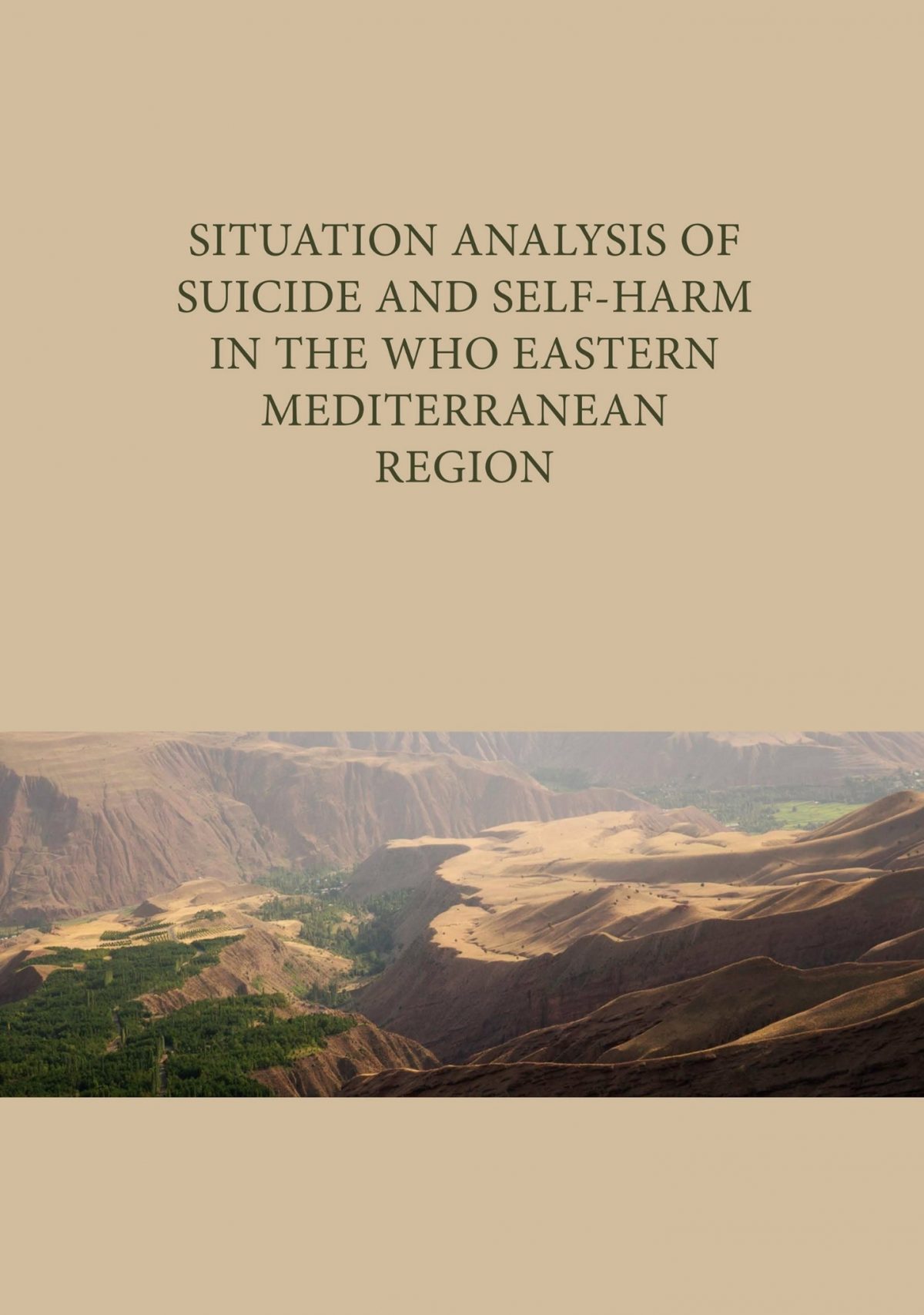Date: February 14th, 2020
Time: 9.30-12.15
Stream of DRISP seminar:
https://region-hovedstaden-
ekstern.23video.com/secret/60534150/13f177355f751579fe3f8b9bbd2975c0
(introduktion begynder efter 8 minutter)
PROGRAM:
Welcome by Prof. Merete Nordentoft, Danish Research Institute for Suicide Prevention
Digital phenotyping and suicide prevention by Prof. Heleen Riper, Section of Clinical Psychology, Vrije University Amsterdam, the Netherlands
Psychosocial interventions for suicide prevention by Prof. Ad Kerkhof, Vrije University Amsterdam, the Netherlands
Digital interventions for youth with suicidal ideation or self-harm by Prof. Sarah Hetrick, Department of Psychological Medicine, University of Auckland, New Zealand







